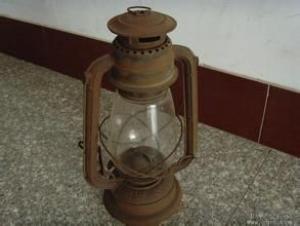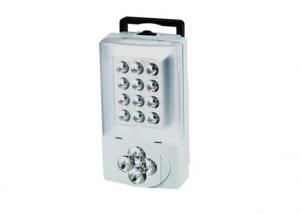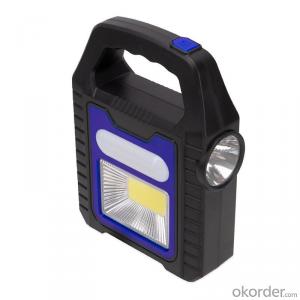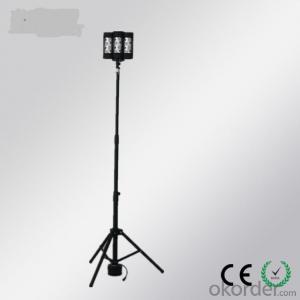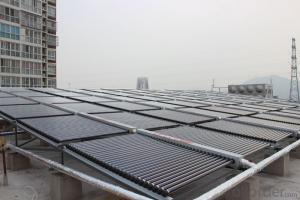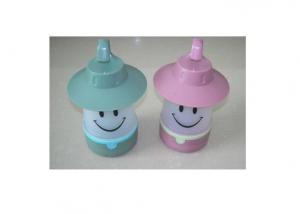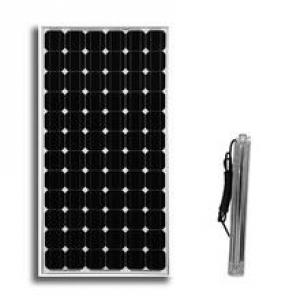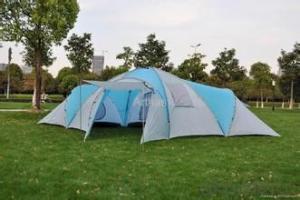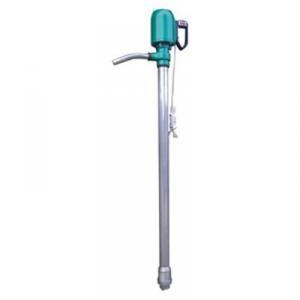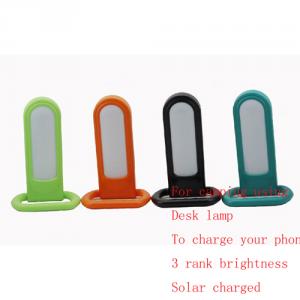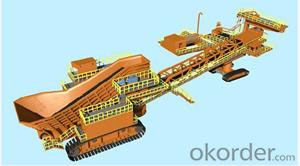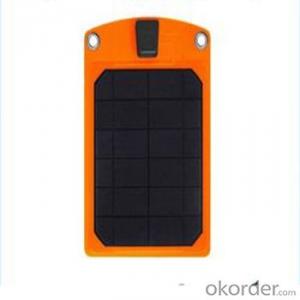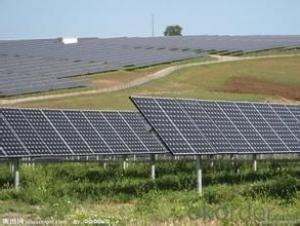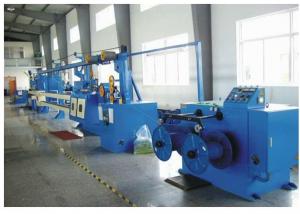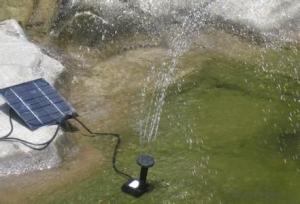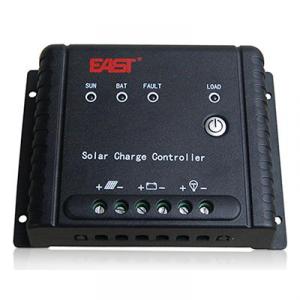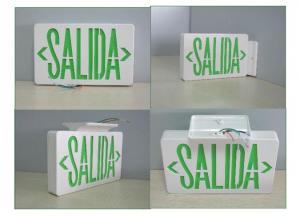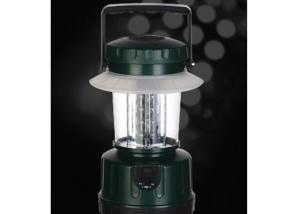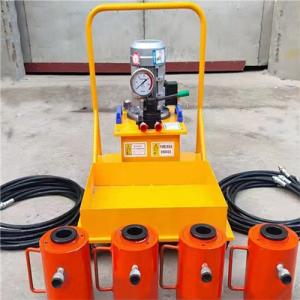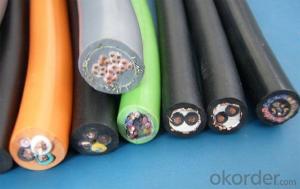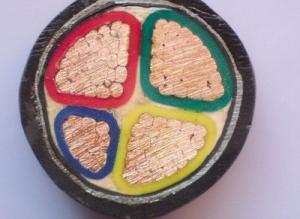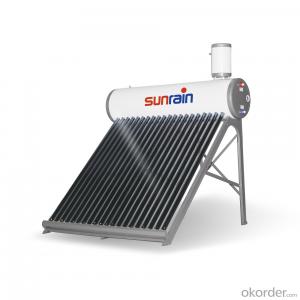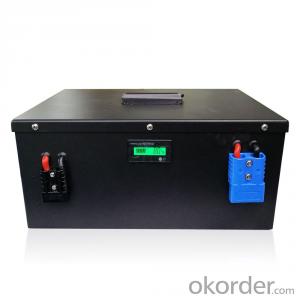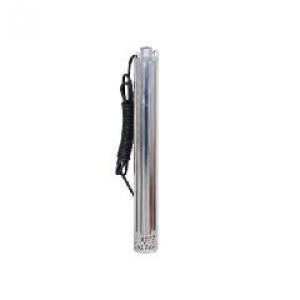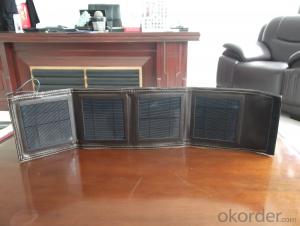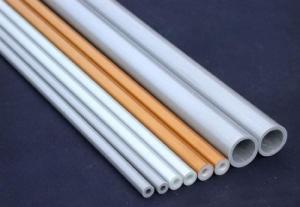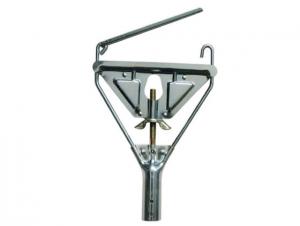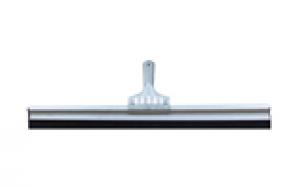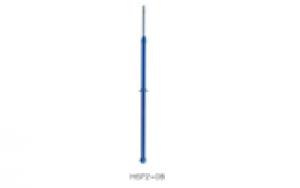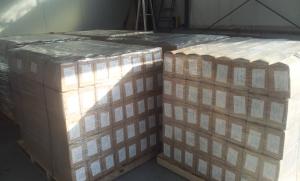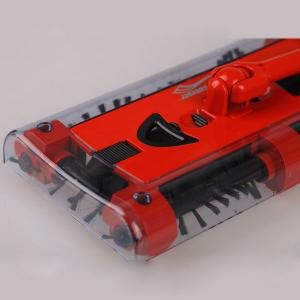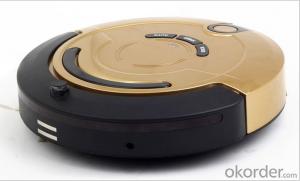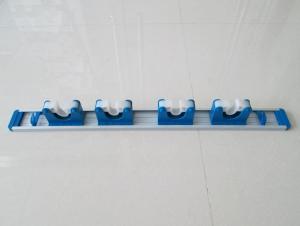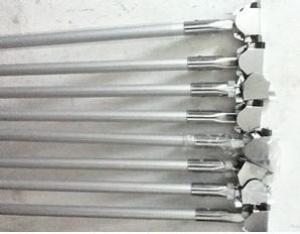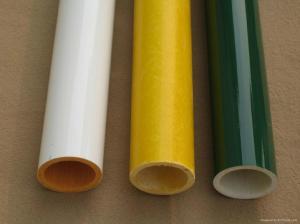Camper Electrical System
Camper Electrical System Related Searches
Electric Drapery System Electricity Generation System Outdoor Lighting Systems Water Tank Heating System Camper Shell Clamps Lowes Household Solar Power System Power Transmission Equipment Electric Heating Installation Electrical Connector Set Portable Generator Enclosure Rechargeable Emergency Light Emergency Rechargeable Light Temporary Power Distribution Highway Lighting Systems Emergency Light Rechargeable Electronic Assembly Equipment Rail Track Lighting Systems Channel Emergency Lighting Electrical And Equipment Sales Co Inc Emergency Rechargeable Lights Marine Engine Control Cables Power Stacker Electric Drapes Modern Cabin Kits Electrical Distribution Block Electrical Connection Block Underfloor Water Heating System Elevator Load Cell Heat Ventilation And Air Conditioning System England Electrical OutletCamper Electrical System Supplier & Manufacturer from China
Camper Electrical System is a comprehensive range of products designed to provide reliable power and control solutions for campers and recreational vehicles. These systems are engineered to meet the specific needs of outdoor enthusiasts, ensuring a seamless and enjoyable camping experience. The products within this system include inverters, converters, battery chargers, and various electrical accessories, all of which work together to maintain a consistent power supply for essential appliances and devices.The Camper Electrical System is widely used in a variety of scenarios, such as during long road trips, camping adventures, and even in emergency situations where a stable power source is required. This system is designed to be user-friendly and adaptable, allowing campers to easily manage their power needs while on the go. From powering lights and small appliances to charging electronic devices, the Camper Electrical System offers a versatile solution for maintaining a comfortable and functional living space in any outdoor environment.
Okorder.com is a leading wholesale supplier of the Camper Electrical System, boasting a large inventory of high-quality products at competitive prices. As a trusted source for electrical components and systems, Okorder.com ensures that customers receive reliable and efficient solutions for their camping and RV power needs. With a commitment to customer satisfaction and a focus on providing top-notch products, Okorder.com is the go-to destination for those seeking a dependable Camper Electrical System.
Hot Products

